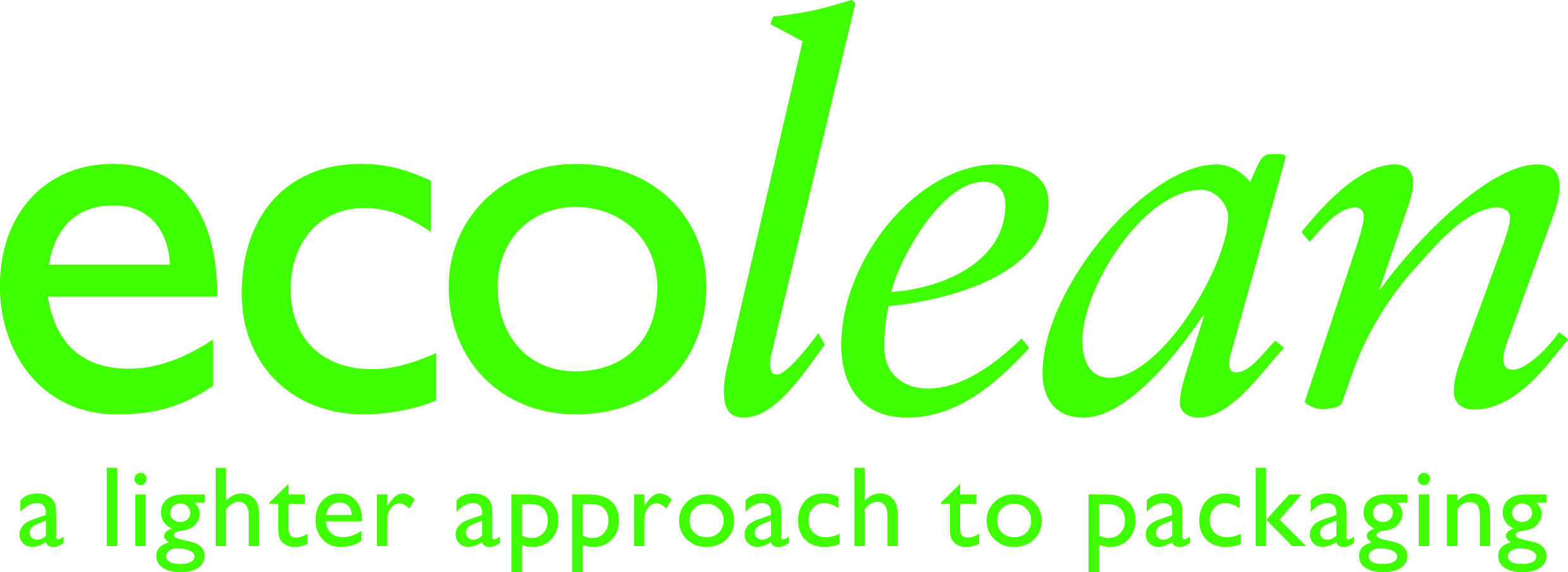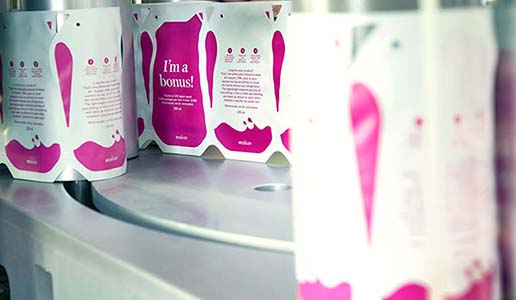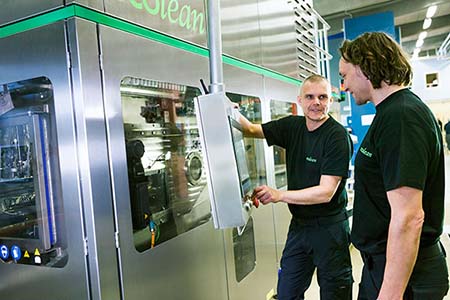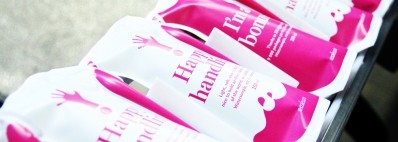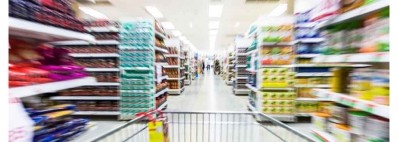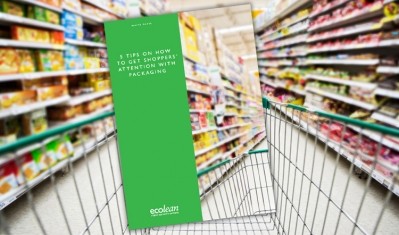Promotional Features
E-beam sterilization now easier for food producers as suppliers take on the technology
Finding an edge on the competition is what drives any manufacturer, regardless of industry. For food and beverage producers, however, finding an edge—and more importantly, keeping it—is easier said than done.
One way food and beverage companies are standing up against the competition is with product development. Specifically, investing in technologies that make their products safer and ensure high, consistent quality—and that are also efficient and sustainable.
Food industry experts from around the world recently gathered at Aseptipak USA 2016 in Raleigh,North Carolina, to learn the latest developments in aseptic and extended shelf life (ESL) processing, filling and packaging. In fact, an entire session was dedicated to discussing the benefit of e-beam and other alternative sterilization methods. In addition, of the 20 presentations given during the two-day event, nearly a quarter were focused on electron beam alone.
Certainly not a new entrant to the processing industry, as evidenced by this Food Safety article from 2009, e-beam technology is now gaining momentum as a mainstream sterilization method. The benefits are numerous, as the article points out, since the technology touts energy savings, efficiency improvements and is more sustainable compared to other sterilization technologies—and industry suppliers have taken note.
The technology eliminates the need to use hydrogen peroxide to sterilize the packaging material. This significantly improves environmental performance. Traditionally, packages were sterilized with hydrogen peroxide and water, which required the packaging material to be dried. E-beam technology requires less energy consumption since the packages are sterilized without water. In addition, manufacturers can easily recycle water from the production process since it no longer contains hydrogen peroxide.
Some are integrating e-beam technology in filling machines, giving manufacturers the ability to completely eliminate the need for hydrogen peroxide to sterilize materials used to create packaging. Hitachi of Japan, for example, installed an e-beam system in its aseptic filler that can sterilize 600 half-liter bottles a minute, as reported by Food Engineering.
Ecolean, a Swedish packaging supplier for liquid food producers, has also recognized the technology and in fact has been using e-beam to pre-sterilize its pre-made pouches since it launched its aseptic packaging system in 2008. However, instead of leaving the sterilization up to the food producer’s responsibility and keeping the technology in a filing machine, Ecolean is integrating e-beam into its packaging material plants—along with the capital overhead and safety responsibilities.
Pre-sterilized, ready-to-fill packages are delivered to the customer on reels, for easy and safe handling at the customer’s plant.
To ensure the highest quality when it comes to food safety, Ecolean uses e-beam technology to sterilize the inside of every package, after they are hermetically sealed. Once the packages are completely converted—artwork printed, packages formed into fully sealed pouches and commercially sterilized by e-beam—the reels of packages are shipped to the customer for easy handling at the manufacturing plant. E-beam sterilization also ensures that the food contact surface is never exposed to chemicals during the manufacturing or filling.
“Before the packages are shipped to producers, we sterilize the inside of our packages with e-beam technology to rid bacteria while keeping the strength and color of each pack intact,” said Anna Annerås, Marketing Director, Ecolean. “The sterilization process eliminates the need for dairies and beverage companies to invest in e-beam technology and moves a considerable part of the aseptic process back into Ecolean’s production plants so it can monitor and control conditions.”
“Ecolean is really taking the burdens associated with e-beam sterilization technology and making them non-issues for food producers,” says Annerås.
As described by Ecolean here, the electron beam treatment is performed with a system of electron accelerators, similar to television tubes. Like a television image, the treatment is electrically generated and can simply be switched on and off. The aseptic packages are moved through the generated electron beam and are sterilized. The process has no effect on the packaging material and follows the ISO standard for medical products, ensuring the package is sterilized throughout.
Once sterilized, ready-to-fill reels of the packages are individually wrapped and protected before they are shipped to food producers around the world. Upon arrival, producers simply remove the plastic and feed it into the filling machine
“Ecolean is really taking the burdens associated with e-beam sterilization technology and making them non-issues for food producers,” said Annerås . “With traditional sterilization approaches, the producer is responsible for not only sterilizing both the inside and outside of the package, but in many cases also initial forming and sealing, filling, final sealing and final forming. With the Ecolean system, producers only need to handle sterilizing the outside of the package, filling of the product and final sealing—Ecolean takes care of the rest.”

